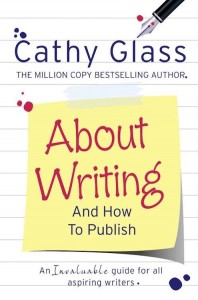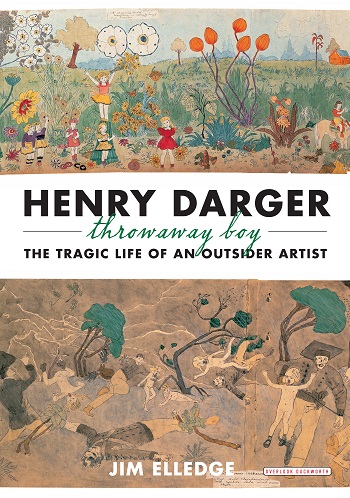 |
About Writing and How to Publish by Cathy Glass is a guide to creative writing that both published and non-published writers/authors alike will find useful. It’s split into four sections: About Writing, What to Write, Publishing and Self-Publishing.
The About Writing section covers lots of important aspects of writing including the importance of a writing routine and editing what you write. The What to Write? section covers different types of writing such as articles, poetry, short stories, diaries, memoirs, biography, non-fiction, novels, plays, children’s books and ghostwriting. The Publishing section covers Agents and Publishers as well as submission guidelines. |
The Self-Publishing section covers independent presses, print on demand (POD), ebooks and marketing.
The great thing about this book is that it’s very precise and to the point. It’s a quick read, which I read in one evening. However it also meant that Glass covers the topics far too briefly for me. Advice around double spacing, using arial font and font size 12 was reiterated often.
Cathy Glass is a bestselling author who writes inspirational memoirs based true life stories. These stories come from her experience as a Foster Carer. You can see some of her books on the Amazon widget below.
About Writing and How to Publish isn’t a comprehensive guide, but it does have some great tips and is available to buy on Amazon.
Review soon,
Antony





A great introductory article on candle magic :)
Hi Sofia, Thanks for the comment. I bought that in Glastonbury and he was a real find. I bought him…
Hi! I know this was posted ages ago and so a response may be rare but my dad has been…
Hi Ruth, Thanks for the comment. He might well have been. A x
Hi! Watching video and interviews with Charlie Watt, it had me wondering if he might have had Aspergers/ been on…